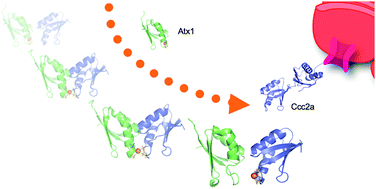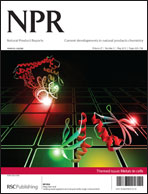Molecular recognition in copper trafficking†
Abstract
Covering: up to the end of 2009
From the basic export of unwanted metal ions in simple organisms to the complex orchestration of metal handling and usage in higher eukaryotes, cellular systems are based on a variety of molecular mechanisms that constrain the right metal to bind to the right

- This article is part of the themed collection: Metals in cells

 Please wait while we load your content...
Please wait while we load your content...